|
If the rapid spread of the coronavirus in recent weeks has proven anything, it is this: It is more important than ever to respect and reinforce the steps individuals can take to contain potential outbreaks. While the coronavirus is an extreme example of what can happen during an outbreak, virus outbreaks are likely to become an increasingly regular part of life as global warming contributes to a rise in new pathogens, according to the Centers for Disease Control and Prevention. While these pathogens may increase in variety and complexity, it will continue to be critical for people to follow a couple of simple practices to limit the spread of illness. As a physician and journalist who covered the SARS outbreak in China wrote recently in the New York Times, washing hands frequently and not coming to work when you are ill are the most important takeaways to remember when preventing the spread of pathogens. In addition, a Guardian report advises taking such precautions as covering your nose and mouth with a tissue (or with your elbow) when you cough or sneeze, then discarding the tissue and washing hands immediately after. Do your training procedures emphasize the most important steps workers can take to prevent the spread of illness in your facility?
A recent survey from Cornell University and the National Farmers Union found that more than 50 percent of local U.S. produce growers say they need more adequate financial resources to implement food safety practices. But if your guests are sickened after consuming contaminated produce you serve, they are likely going to hold your business responsible for causing the problem. How can you protect yourself? Food Safety Nation advises operators take three steps to help: First, inspect your suppliers to assess the quality of their safety program and training, as well as the controls in place to monitor their compliance. If possible, require a hold-harmless agreement that absolves your business of responsibility to pay claims related to the consumption of a contaminated product. Finally, seek out suppliers with certification from the Global Food Safety Initiative as an additional precaution.
As you implement waste reduction practices in your restaurant, are you aware of how these changes may be impacting your food safety culture and vice versa? Your food safety and waste reduction practices affect each other – improving one practice may enhance (or require you to change your approach to) the other. According to Adam Johnson, vice president and general manager for Global Food Retail Services at Ecolab, making a commitment to donate surplus food may demand that you fine-tune your protocol regarding the proper preparation, storage, transportation and serving of your food, for instance. Further, introducing compost bins to prevent waste from going to landfills will require you to monitor the capacity of those bins so they don’t overflow and to clean and sanitize them regularly to avoid attracting pests. Finally, improving your food safety program will make you more effective at monitoring food storage temperatures, appliance functionality, supplier performance and more – all of which helps you reduce the volume of food you have to discard.
Handling knives safely may seem like common knowledge – but for that reason it can be easy to be careless about working with them. OSHA advises foodservice workers keep knives sharpened and use them for their intended purposes only. Store them in racks or sheaths. When carrying a knife, keep its cutting edge slightly away from your body and avoid handing it to anyone – place it on a counter top instead so the person can pick it up. Don’t touch knife blades or keep a knife soaking in a sink. Finally, don’t talk with others while using a knife as it can distract from the task at hand and cause injury.
Using the right cutting boards in your kitchen can minimize wear and tear on your knives, as well as reduce the risk of contamination. When it comes to your cutting boards, plastic is the more versatile choice. Plastic tends to be easier on knives, as well as easier to clean since it can be washed in a machine. (If you need to wash a plastic cutting board by hand, use a chlorine-based sanitizer and be sure to let it air-dry completely so it won’t harbor bacteria.) Hardwood cutting boards with a fine grain can pull down fluids and trap bacteria that are killed when the board dries, according to food safety researcher Ben Chapman, but they may cause a knife’s edge to dull more quickly. Softer woods are easier on knives but have a larger grain that makes them easier to split, creating grooves that trap bacteria.
Your ice machine may be a key source of contamination in your restaurant if you don’t take proper precautions. A study by the BBC in 2017 found that in 30 samples of iced beverages collected from three quick-service restaurants in the U.K., more than half were contaminated with fecal bacteria because of dirty ice. Since ice machines vary, take care to note in your food safety procedures how and when your machine’s manufacturer advises you to clean and sanitize your machine. QSR Magazine suggests operators inspect their machine each week for the buildup of slime or debris on interior surfaces in particular. Have a vendor or team member double-check the quality of a cleaning and use a flashlight to illuminate any dimly lit or hard-to-reach areas. Finally, don’t wait for slime to develop – if you see traces of it, increase the frequency of your cleaning to avoid the likelihood of contamination.
Does your kitchen team understand their responsibility to prevent foodborne illness and when to report to management any symptoms they experience that could be connected to it? As the FDA’s Employee Health and Personal Hygiene Handbook details, it’s important your staff appreciates the relationship between their job and the potential risks of foodborne illness, as well as how their health relates to it. If they experience symptoms of vomiting, diarrhea, jaundice, sore throat accompanied by fever, a diagnosed illness caused by a big-five pathogen or simply exposure to such a pathogen, or an exposed or infected cut or wound on their hands or arms, they need to report their symptoms to a manager immediately. (If their symptoms are from a non-infectious condition, such as Crohn’s disease, irritable bowel disease, some liver diseases or pregnancy, they can continue to work if they show medical documentation that their symptoms are non-infectious.) Your team should also be aware of how restriction or exclusion from working with food can prevent foodborne illness and how proper hand hygiene and no bare-hand contact with ready-to-eat food can prevent foodborne illness.
Focusing on your food rotation practices in 2020 can help you improve your food safety results by minimizing the opportunities for contamination. It can also help you reduce food waste. The restaurant fulfilment company Dot It advises you add a food rotation label to your food storage bins and ensure the information on the label meshes with the ways in which you’re organizing your kitchen. Each label should identify the product, include the name or initials of the employee who created the label, mention the date and time the product was prepared, and, if helpful, preparation or handling instructions, along with allergy warnings if applicable. Color coding labels can also help you quickly identify when items need to be shifted out.
The USDA and CDC have long advised against washing chicken for food safety reasons. Still, a number of restaurant chefs disagree and wash poultry not necessarily with the intent of killing germs – which only cooking will achieve – but to remove any grit or sodium on the outside of the poultry and to help make its surface easier for spices and other seasonings to adhere. You do not need to wash poultry before cooking – in fact, any splashes generated by washing can contaminate nearby surfaces and utensils with dangerous bacteria for months. But if you feel you must rinse the outside of poultry to clean its outer surfaces, Argyris Magoulas, a USDA technical information specialist, told Today.com that it is okay to soak poultry in water, taking extra caution that juices don’t splash, and leaving it in the refrigerator for no more than two hours before cooking.
|
subscribe to our newsletterArchives
July 2024
Categories
All
|


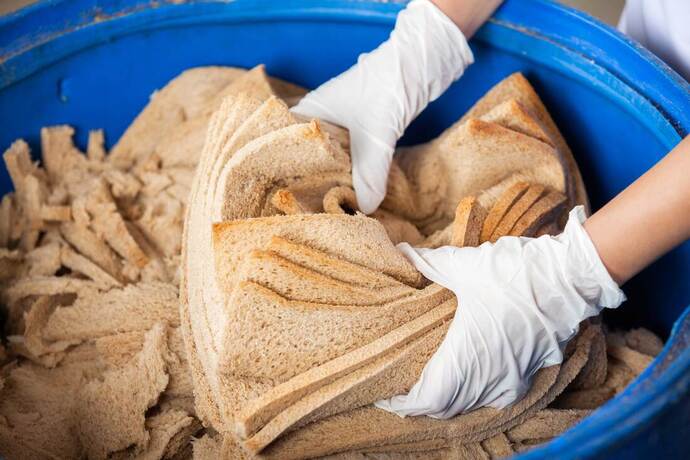

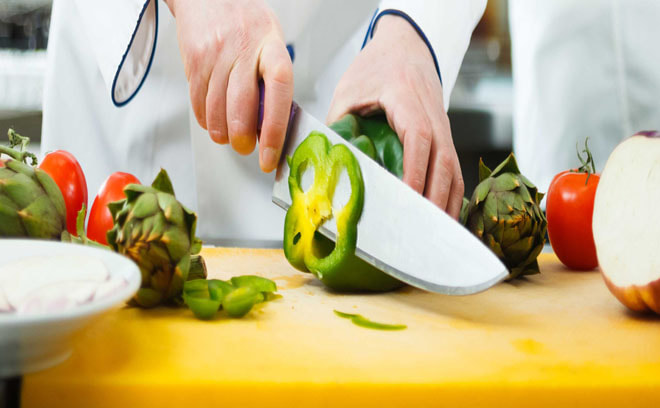
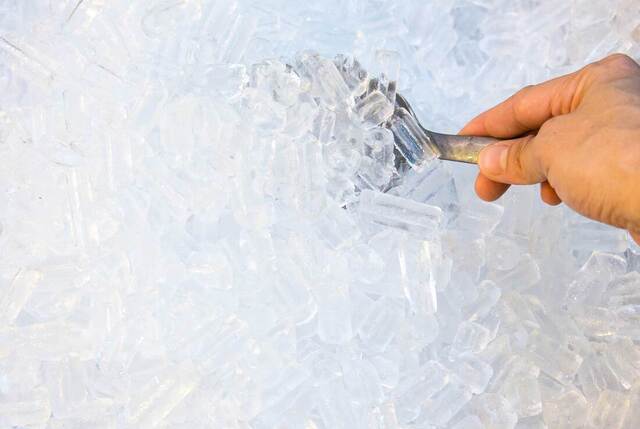

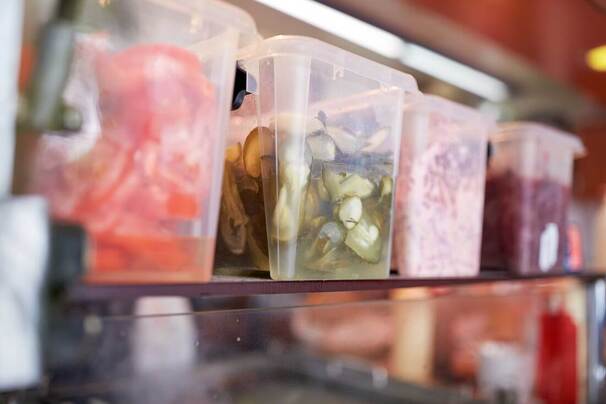
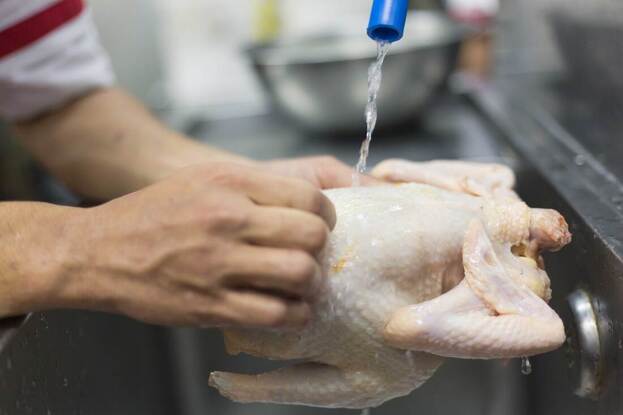


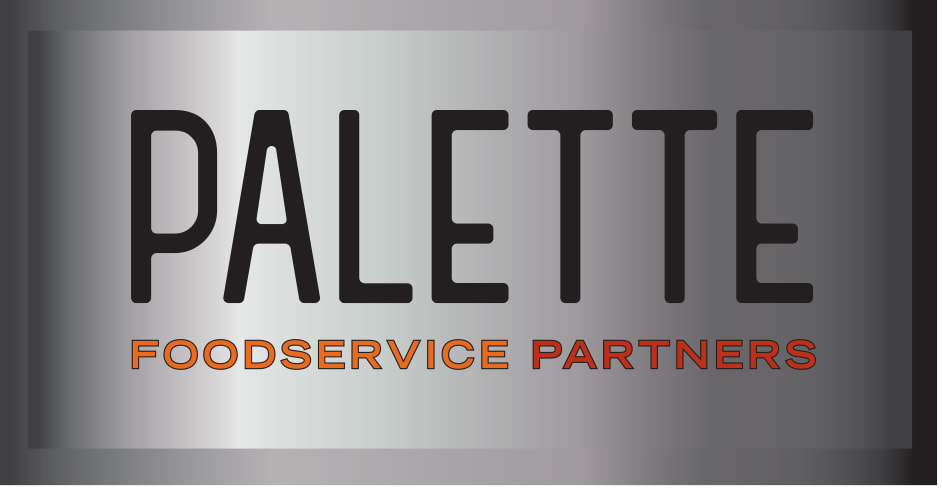
 RSS Feed
RSS Feed